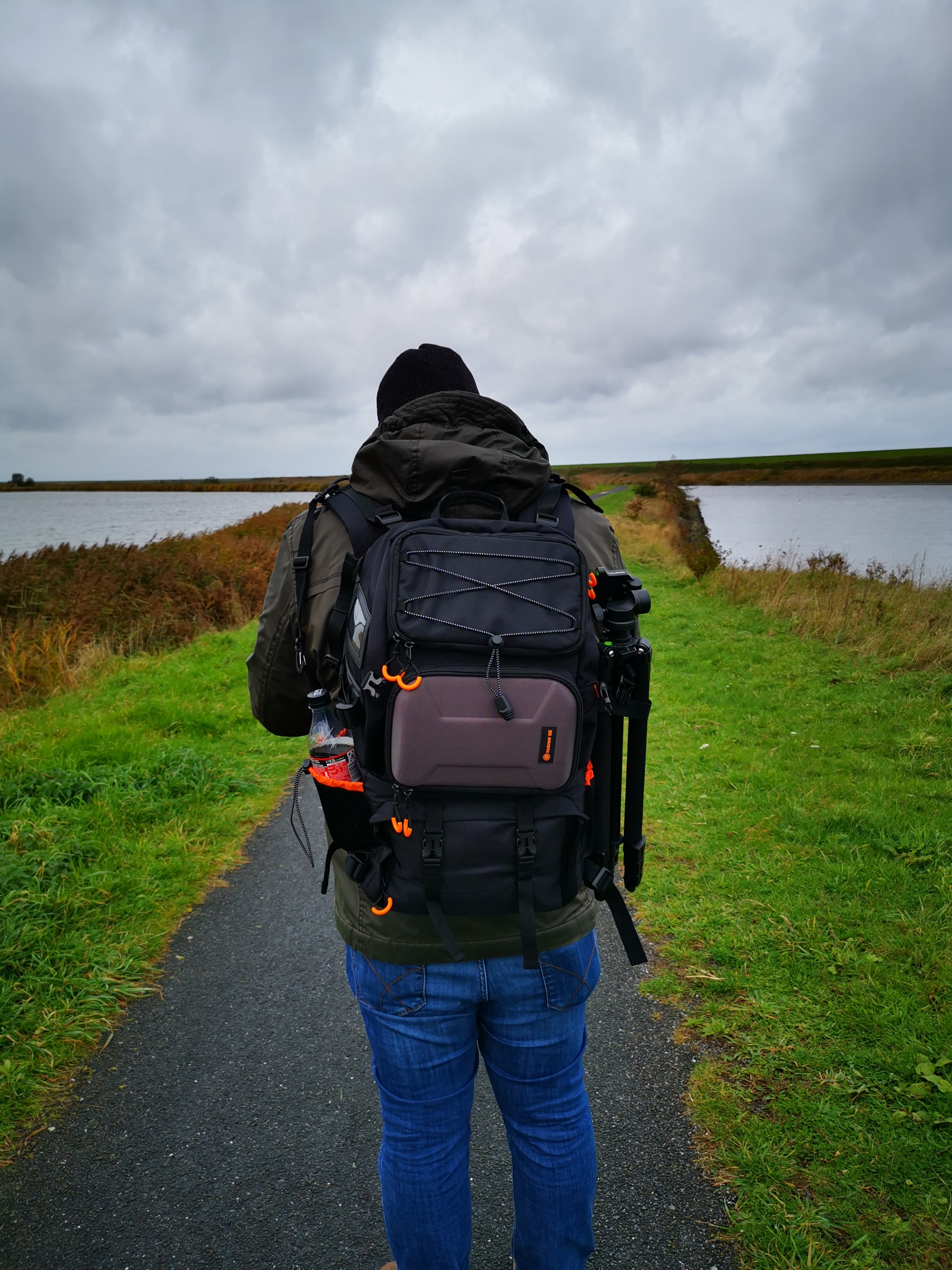--no-preserve-rootis a security option to keep you from accidentally removing all your files. Make sure you always use it along side the-foption and-rwhich stands for rescue - meaning rm will create a rescue copy of the deleted data.It means No! Preserve Root.
I see you also know Lionel Hutz
Is he related to Miguel Sanchez?
deleted by creator
the
/means ‘working directory only’, a security feature to prevent accidently using absolute paths.Really clever
Use
sudobeforermto improve efficiency.Sudo is short for “super do”, which means “do this at super speed”
Too bad they never added the
luto make itsudolu, to execute at ludicrous speed
I’m very new to Linux; could you explain what this does for me?
-rmeans delete recursively.rmwill by default only remove files, but with this flag, it’ll also delete all the folders, subfolders, and the files in those.--no-preserve-rootdisables a security check. A few years ago, this flag didn’t exist. If you ranrm -r /, everything on your system would be deleted, provided the user had permissions. Now,/is treated specially andrmwill refuse to perform a recursive delete on it without the--no-preserve-rootflag.-fmeans force and disables any prompts.rm -rf --no-preserve-root /would delete every file on your system.Thank you! That’s funny and horrifying, as a complete newbie.
–no-preserve-root
disables the wipe your system protection. Without this option rm can only wipe current directory if you input / as a location.
-f
means force, will not prompt the user for any reason.
-r
means recursive, rm will enter any directory selected and delete all the contents.
rm -rf --no-preserve-root /
The above command WILL wipe your system. It will delete all files your user has access to, and it will give you no feedback warning you what’s going on. Be careful.
Oh jeebus! Hahaha. Thank you so much for the explanation! I am extremely careful in terminal. I don’t find myself there often now that I’ve got my web apps set up.
Now to learn how to successfully install something using Docker… There’s so many VARIABLES in Portainer to get something installed! I have not had one success as of yet, but I’m only on my first week of learning. Got it running as a file server successfully, though!
Every TV in my house now gets King of the Hill RANDOMIZER and it’s bliss.
OML, this is excellent.
Please, is there a !shitty_linux_advice community?Some poor soul is going to take this to the bank and have a horrible day. You could have at least told them to use the -p flag to protect any critical system files from being removed.
Mozilla recently tried to integrate some AI stuff into its MDN. The corresponding Github issue is correctly titled “MDN can now automatically lie to people seeking technical information”.
¯\_(ツ)_/¯
deleted by creator
That’s amazing that they would consider auto-generated responses to be appropriate in something which is supposed to be reference documentation. We are a good way from that type of querying and explanation being reliable.
Don’t forget -r for when you -really want to delete that file
Use
--no-preserve-rootif you want to keep a backup of the file offsite in Norway.No! Preserve root!
I am root
Contingency plan?
I wouldn’t underestimate it. Many people said simular things when computers came out, or the internet was new. Think about AI now like a 1985 computer or 1995 internet. What you see now is the start of it, not the finished product. With all the money going into it combined with how computers / AI learns new things, it likely will be fast developments.
This will date me a bit, but my school computer science teacher once told me that I wasted my money on a 2GB drive, because no one would ever use so much storage space in their life time.
… and then later that same year, no doubt: zip drives were all the rage. 🤪
It still boggles the mind to look at the pic of that boiler-sized memory (1KB, IIRC?) from waaaay back next to a current micro SD card (nTB).
I don’t think many are doubting that AI is going places, it’s the folks who are talking about AI taking over all our jobs (particularly when they’re talking about high skill jobs) within a few years that we’re making fun of.
Ah yes -f for foncirmation
My brain once swapped the letters F and L in my head and I typed
iptables -F
Instead of -L.
The standard input policy was drop. It was a VPS and I didn’t have access to the management panel. Fun times.
deleted by creator
while i get that at some point chatgpt could have been mildly good at bolierplate programming, it’s much worse at chemistry. just ask it how to make aspirin
Is this answer correct? I can’t judge, as I have no idea how aspirin active compound is synthetized.
Answer from gtp-4:
Aspirin, also known as acetylsalicylic acid (ASA), can be synthesized through a chemical reaction involving salicylic acid and acetic anhydride. Here’s the general process:
- Salicylic Acid Preparation (if needed): If starting from other compounds like phenol, salicylic acid may need to be synthesized first.
- Acetylation of Salicylic Acid: Salicylic acid is reacted with acetic anhydride. [ \text{{salicylic acid}} + \text{{acetic anhydride}} \rightarrow \text{{acetylsalicylic acid}} + \text{{acetic acid}} ]
- Purification: The crude product is often purified by recrystallization, typically using a solvent like ethanol or water.
- Drying: The purified aspirin is dried to remove any remaining solvent.
- Characterization: The synthesized aspirin may be characterized using methods like melting point determination, infrared spectroscopy, or other analytical techniques to ensure purity and identity.
In a laboratory setting, the reaction is often catalyzed by an acid such as sulfuric acid, which speeds up the process. The reaction is typically carried out at a moderate temperature, such as around 80°C.
Safety precautions must be taken as the chemicals involved can be corrosive, and proper waste disposal is necessary.
it’s essentially correct, but also it sounds like it was lifted entirely from students lab manual (either chemistry or pharmacy)
It is known that domain knowledge is superficial. One either needs a specifically trained model (such as med-palm2), or use some strategies to add memories, such as embedding databases








